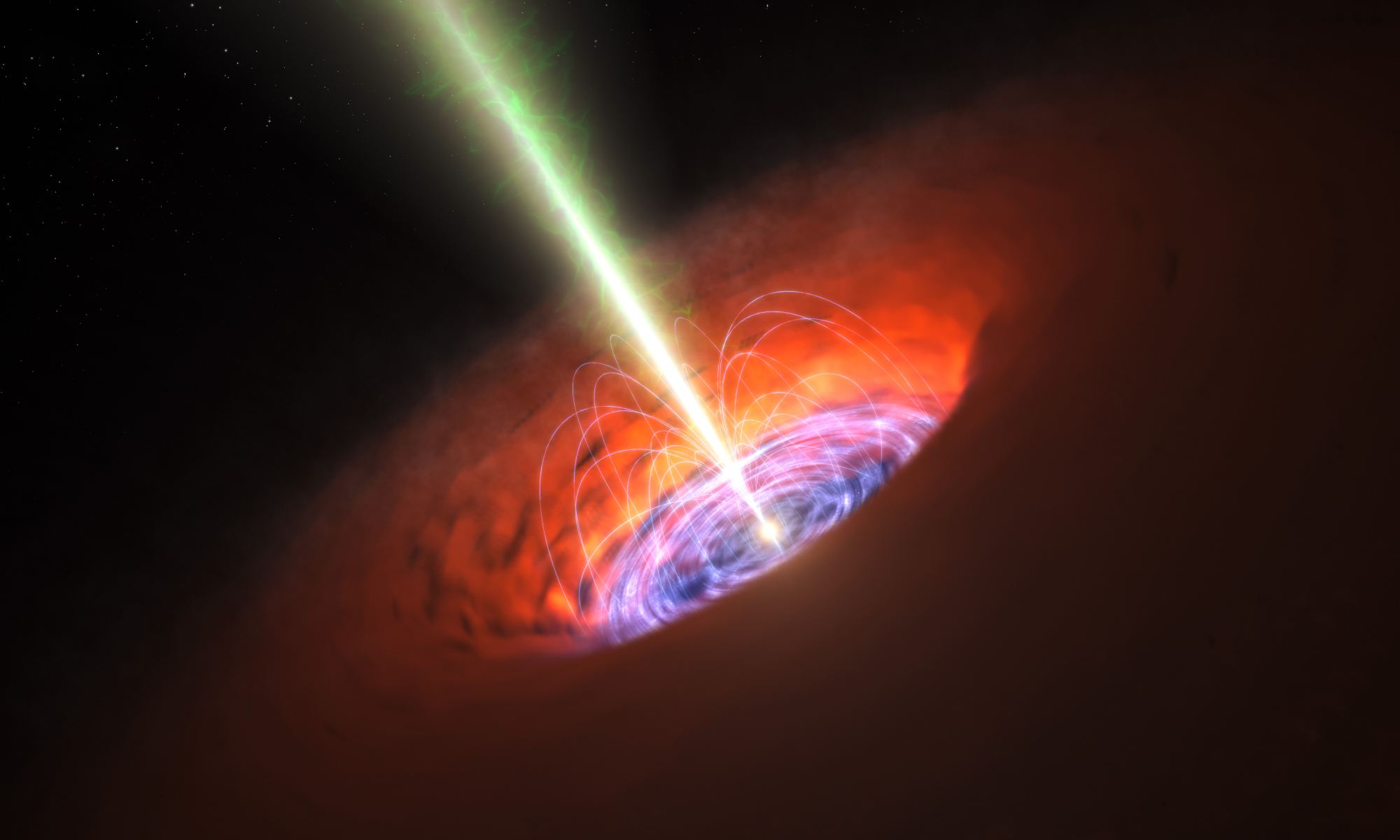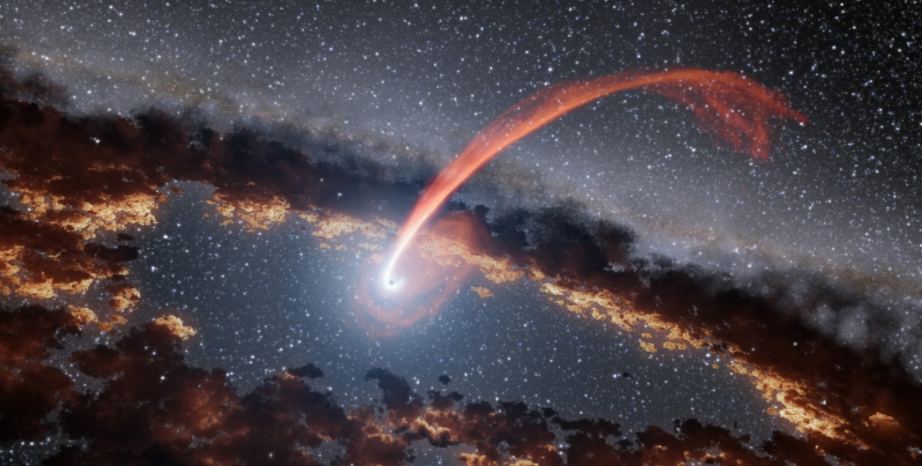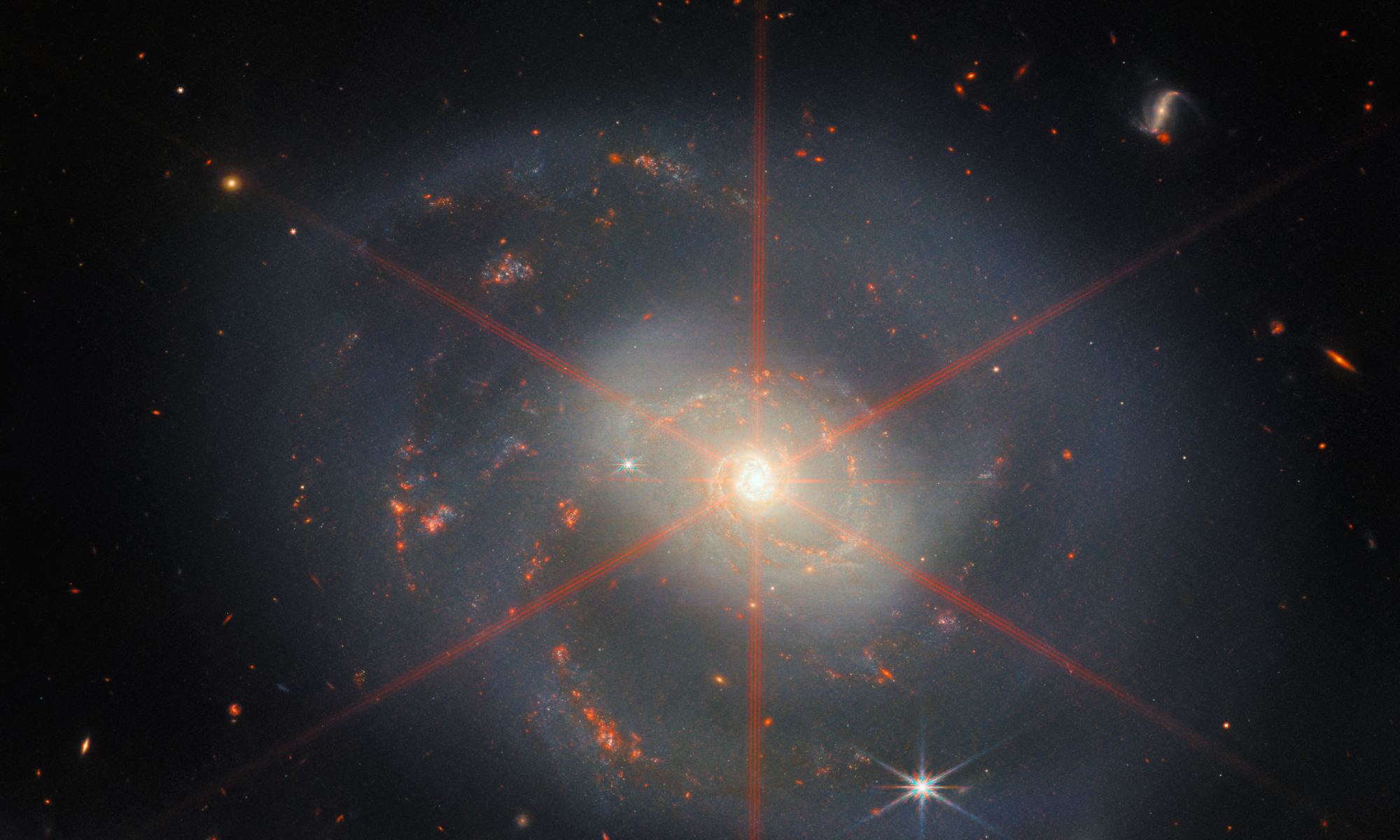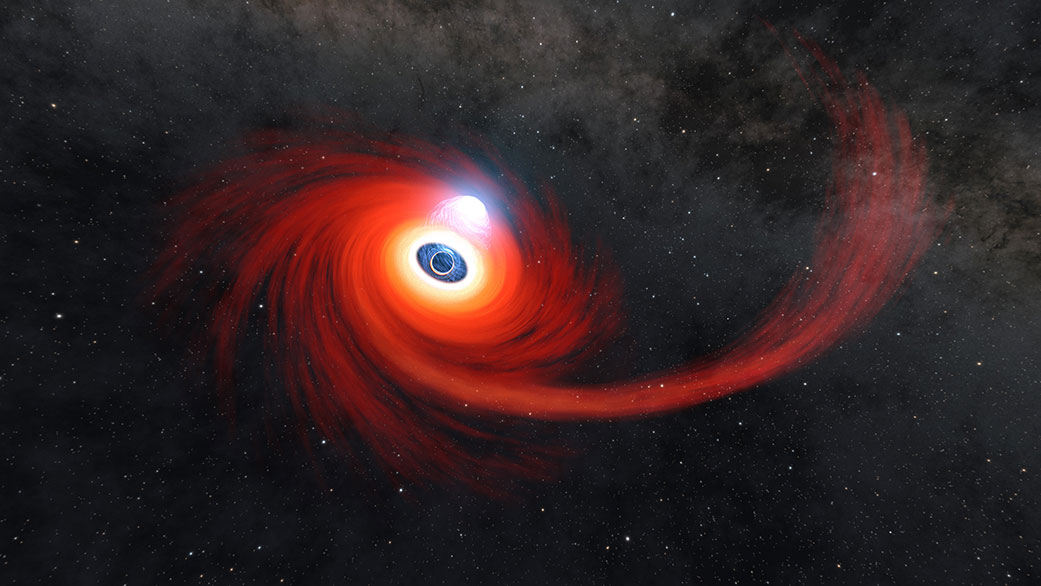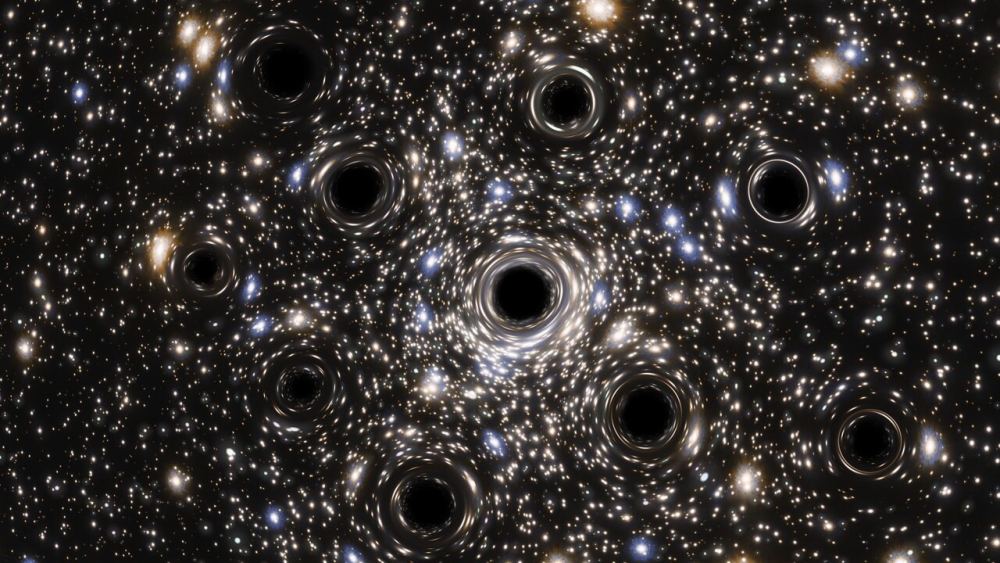By the 1920s, astronomers learned that the Universe was expanding as Einstein’s Theory of General Relativity predicted. This led to a debate among astrophysicists between those who believed the Universe began with a Big Bang and those who believed the Universe existed in a Steady State. By the 1960s, the first measurements of the Cosmic Microwave Background (CMB) indicated that the former was the most likely scenario. And by the 1990s, the Hubble Deep Fields provided the deepest images of the Universe ever taken, revealing galaxies as they appeared just a few hundred million years after the Big Bang.
Over time, these discoveries led to an astounding realization: the rate at which the Universe is expanding (aka. the Hubble Constant) has not been constant over time! This led to the theory of Dark Energy, an invisible force that counteracts gravity and causes this expansion to accelerate. In a series of papers, an international team of researchers led by the University of Hawaii reported that black holes in ancient and dormant galaxies were growing more than expected. This constitutes (they claim) the first evidence that black holes could be the source of Dark Energy.
Continue reading “Are Black Holes the Source of Dark Energy?”


